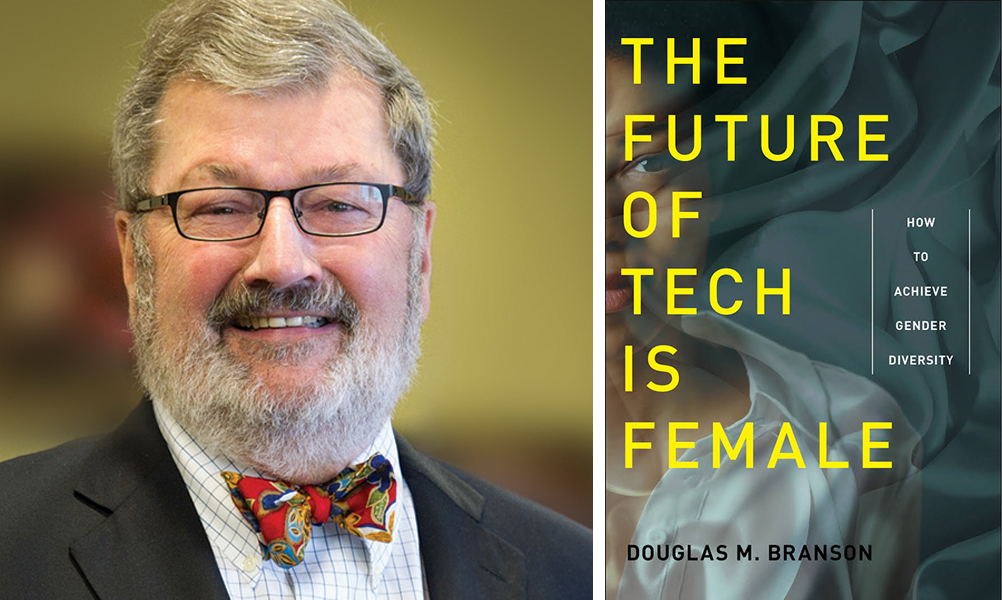New book sheds light on gender inequality in IT industry

Recently, a new book titled The Future of Tech Is Female: How to Achieve Gender Diversity by Professor Douglas M. Branson was published. The book focused on women in the IT industry and revealed problems concerning gender inequality. photo:FILE
WASHINGTON—In July, New York University Press published a new book by Douglas M. Branson, a professor of Business Law at the University of Pittsburgh, titled The Future of Tech Is Female: How to Achieve Gender Diversity. The book focused on women in the IT industry and revealed problems including a wanting number of female senior executives, significant salary gaps between men and women for the same job and strong gender stereotypes in the industry culture.
According to statistics from the US Department of Commerce in 2017, the capital value of IT companies in the securities market amounted to as high as 3.84 trillion US dollars. The IT industry has been an enormous driving force for economic growth, technological innovation and employment in the United States, but has not played as much a role in lifting women’s career status and pay.
Also, a survey from the Statista website shows that in 2016, among industries with the largest gender wage gap in the US, IT ranked fifth: the median weekly salary for male and female practitioners was $1,255 and $972 respectively.
In the interview with the CSST correspondent, Branson said that some think when a few women enter the senior leadership of a company or become the leading figures of an industry, a “trickle-down effect” will follow, which could help more women enter the industry and even become leaders. This opinion has been testified by reality: during the times when Pepsi, General Motors, Avon and other large US companies have had a female CEO, female board members increased.
In this respect, the performance of the IT industry is not good. Although there are some queen bee-like women, they are often content with being the exceptional few females in the industry. For example, Carly Fiorina, in her six years serving as CEO of Hewlett-Packard (HP), didn’t show interest in bringing more women into the boardroom and refused to be called a female role model.
According to Branson, one reason for the uneven male-female ratio in the IT industry is that people have stereotypes such as “nerds” or “tech geeks” for many young male practitioners in the industry, and women don’t want their image to be associated with that.
“Infatuated with and proficient in computer technology,” “indifferent to the outside world,” “careless about one’s appearance” and “lack of interpersonal skills” are common labels attached to the “IT male.” This makes women feel that the IT industry culture is closed, isolated from the outside world, and unbalanced. Under such influence, women are inclined not to study related majors or work in the industry.
Branson said that in order to narrow the gender gap and promote gender equality in the IT industry, businesses, families, and schools are all responsible for creating a more female-friendly learning and working environment. Women themselves should also have the courage to break barriers of prejudice, enhance self-confidence, and take the initiative to draw on the experiences of successful female IT practitioners.
(edited by SHAO YIJIA)
